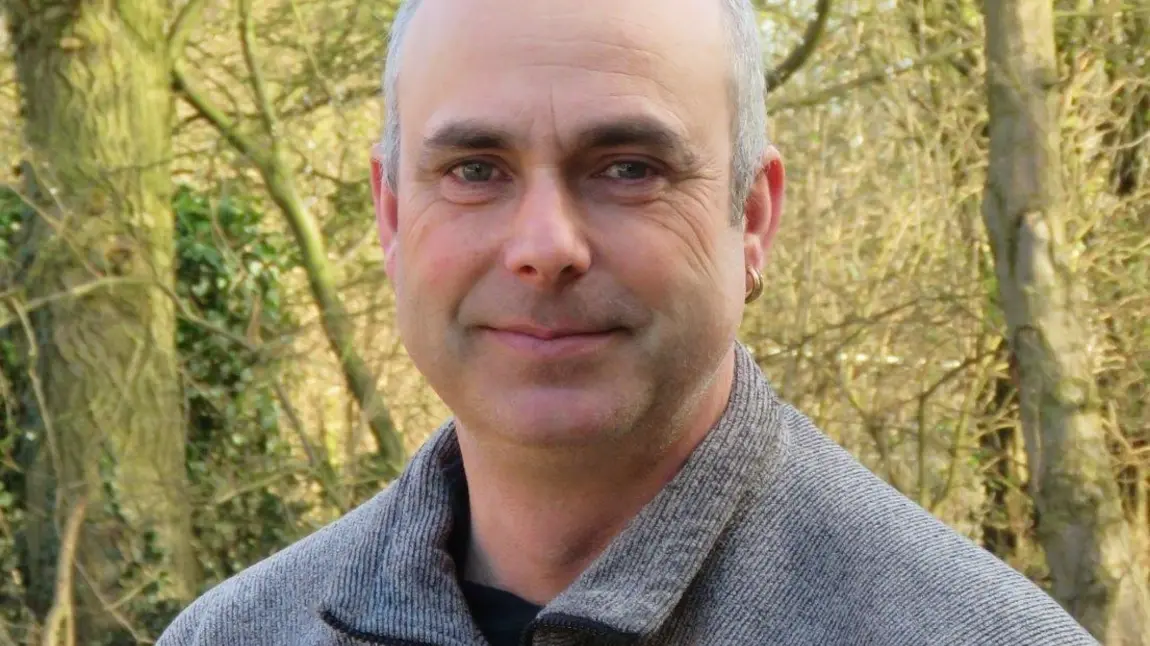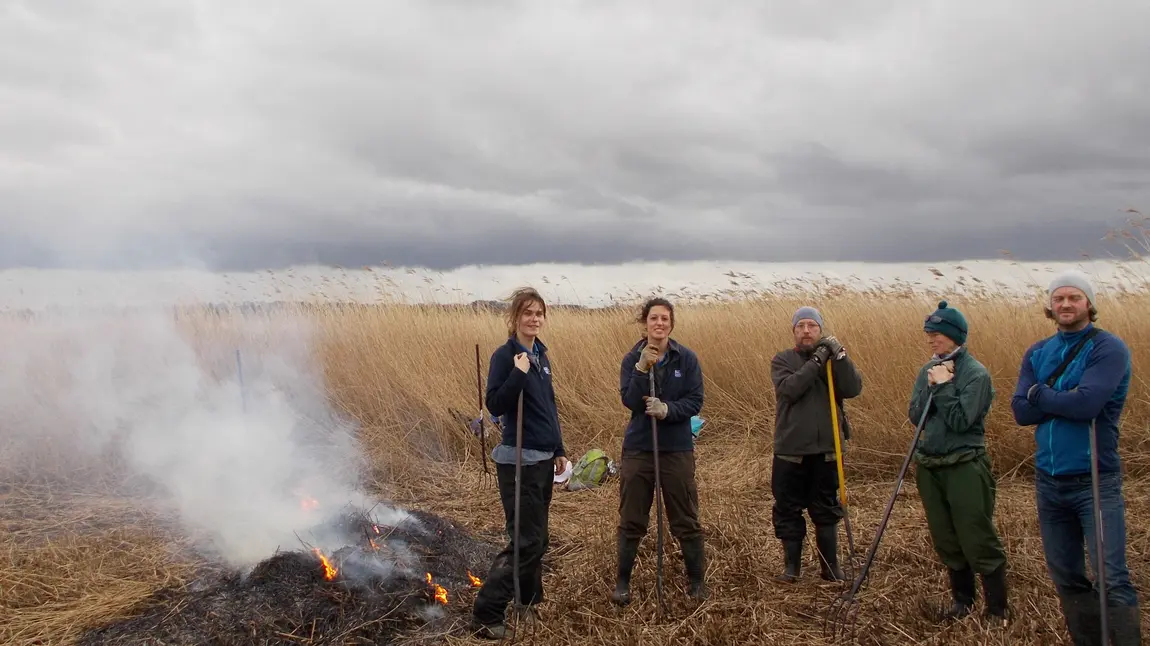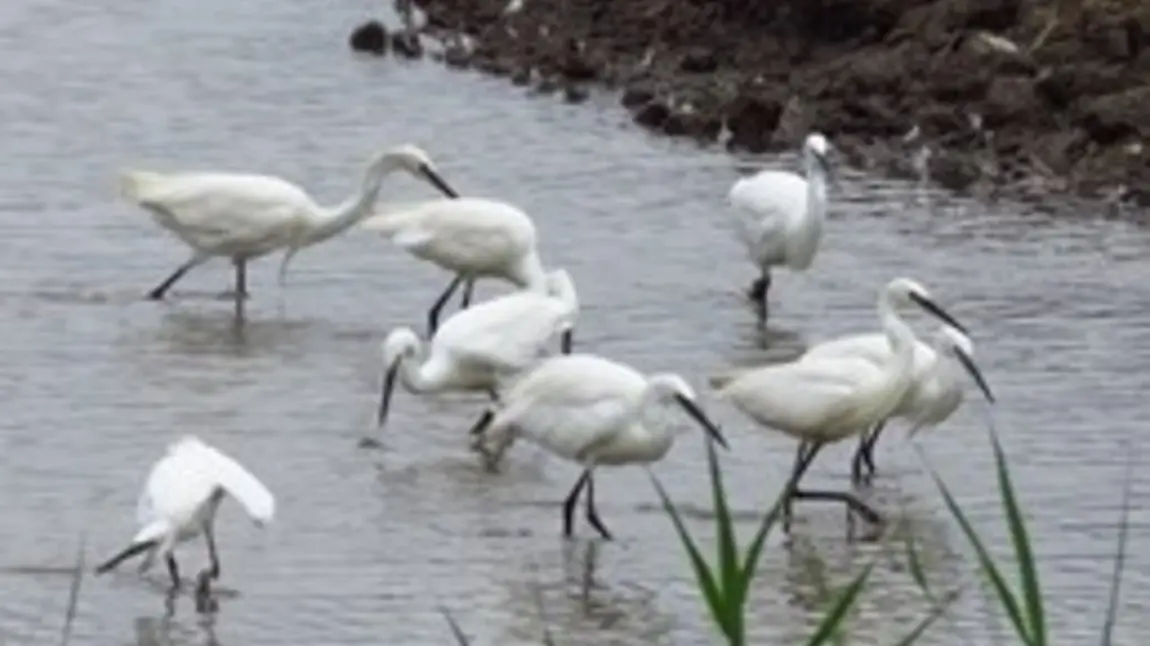Valuing and retaining volunteers

Our natural heritage is, I would suggest, the one thing we would all really miss the most if it disappeared overnight. Most of us love our countryside but often many do not understand its fragility - in part because many people in the modern world have become so devolved from the knowledge of how to look after it.
When we put together our bid for the Saving Marshlands Heritage and Wildlife project, we had already come to understand that the best way to connect people to the countryside was for them to learn what the overall benefits of managing it were.
And so the project was born: a plan to build our volunteer team to help deliver the conservation management the marsh needed, while at the same time getting people directly involved.
We also wanted to tell our reserve visitors about our fantastic natural heritage through a volunteer and visitor officer and people engagement volunteers. In this way we would be able to inform as many people as possible about our work and help them appreciate how amazing the local wetlands and wildlife are, as well as talk about the need to keep managing the habitats through practices such as reed cutting and livestock grazing.
Where do you begin?
The first thing we needed to do however was plan for better welfare facilities to ensure both our existing volunteers and newly recruited ones would feel looked after. HLF helped us convert a suitable building to create a modern unit where people could meet, have a chat and a cuppa, and where we could also undertake training sessions.
Recruiting volunteers in many ways was the easy part; through chatting to visitors and placing a few adverts we quickly found there were lots of people out there who were chomping at the bit to be involved. Most of our local day volunteer recruitment is through word of mouth as we talk to visitors on the reserve or by placing volunteer requests in the reserve visitor centre, but we also place ads either on the RSPB website or in volunteer bureaus.
We also have an excellent residential volunteers’ scheme where people book in through the RSPB HQ at Sandy in Bedfordshire to stay in our fully equipped volunteer house near the reserve. We advertise this nationally. Many people help out for a week or two but some come for up to six months! Over the years we have welcomed volunteers from all over the world, from Korea, Canada and Finland to Kenya, although currently most are from the UK. Anyone can do a residential stint from the minimum age of 16: there is no upper limit.
The right people in the right roles
When we recruit we carefully interview everyone to see what they want to do, when they want to do it and if they have any particular skills. Getting the right volunteer for the right job is essential for us and also really helps our volunteers get the most out of their roles. There are several different roles for volunteers and we specifically advertise for them and then interview to see if the potential volunteer is suitable or would enjoy something different.
The main roles are practical conservation management and estate maintenance volunteers who help out with jobs like reed cutting, livestock fencing and path maintenance. Then there are the visitor engagement volunteers who meet and greet visitors or lead guided walks and help out on our event days. The ethos here on the Humber is that the volunteer has to enjoy their work and learn new skills but also to be able to deliver what we need, too.
Keeping volunteers on board
Once recruited we try to develop our volunteers' skills and of course retain them for as long as possible; our oldest volunteer is 85 and has been with us for 40 years. Looking after volunteers is so important and this does mean that you have to work alongside them and manage them on a day-to-day basis. Recruiting volunteers is a staff commitment - don’t ever think that volunteers are there to make your life easy, they are exactly like staff and they need to be looked after.
[quote]“Once recruited we try to develop our volunteers' skills and of course retain them for as long as possible; our oldest volunteer is 85 and has been with us for 40 years.”[/quote]
Of course training courses, a good laugh, team spirit and some nice cakes once in a while help. But the real keys to keeping volunteers is to get to know them as friends, pass on your knowledge about the wildlife and land management, and never take them for granted.
Here at Blacktoft, we do a Humber newsletter that helps inform our volunteers of their achievements and what it has meant to the conservation of the local wildlife and landscape. We also hold social events offsite where volunteers can meet each other and chat, as well as being entertained by talks and a fun quiz. In conjunction with the RSPB volunteering department, we also award long-service pin badges, something which I always get the feeling goes down particularly well - and just adds that little extra thank you and consideration that you appreciate how much time and effort your volunteers have put in.
Final thoughts
Once volunteers become part of the team they are fully involved in the work of the reserve, trained to develop their skillsbase, and informed about the natural heritage of the Marshlands area and its wildlife. And that all leads me back to connection; if you can connect your volunteers to managing the land, they will repay the countryside and its wildlife back a thousand-fold.
What better way to build a future to protect our natural heritage?
You might also be interested in...


